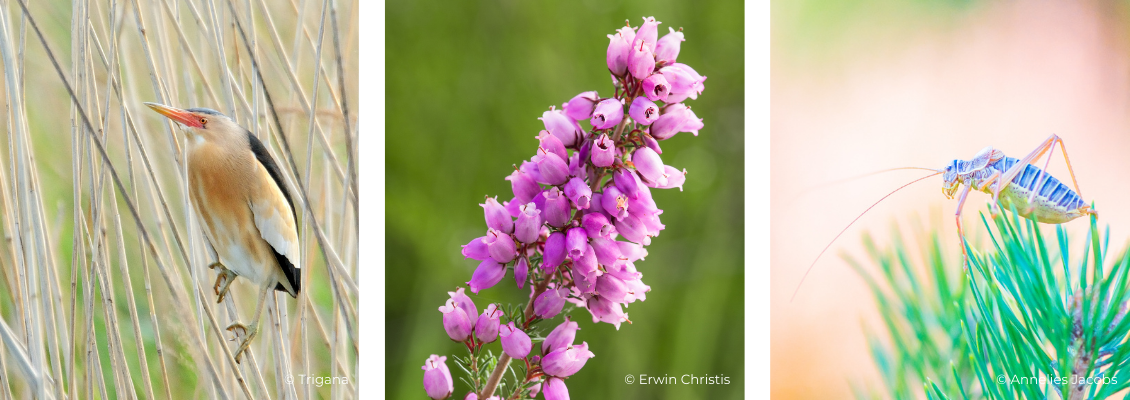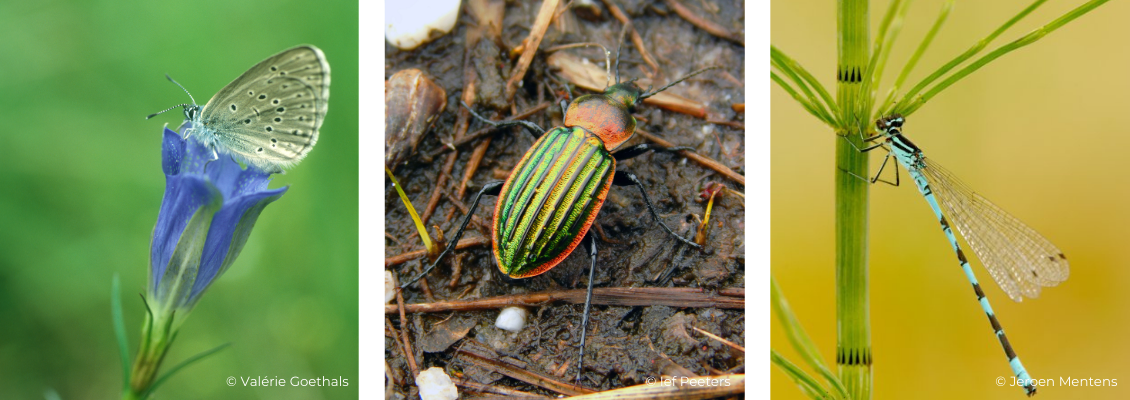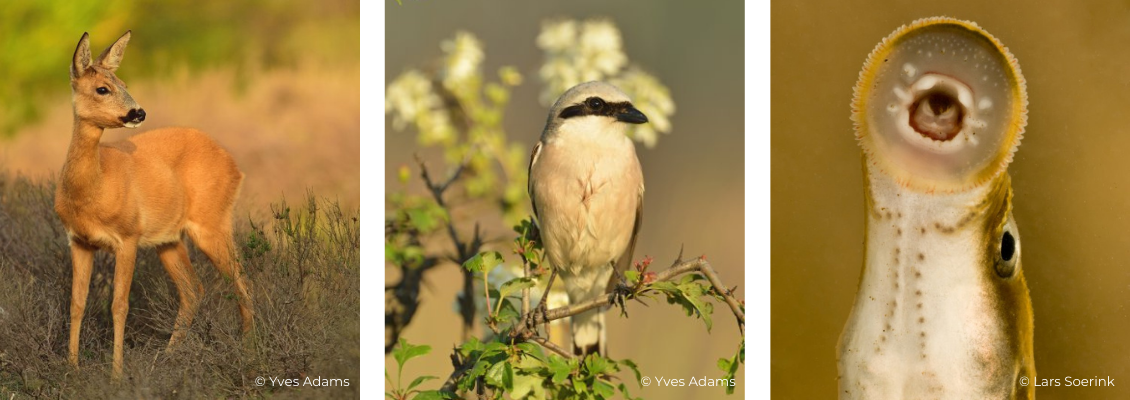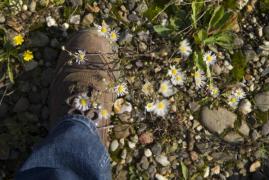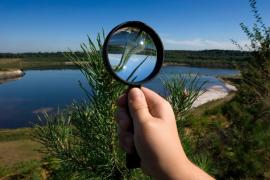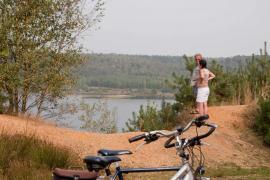Surprising landscapes and unusual species
The Hoge Kempen National Park is the largest contiguous forest and nature reserve in Flanders. The Hoge Kempen takes its name from the Kempen Plateau. That low plateau consists of glacial erosion material from the Ardennes, among others, and is the debris cone of the Meuse. It is on average 50 meters higher than the rest of the Kempen. There are great similarities to the rest of the Kempen in terms of landscape, species and habitats, but also some striking differences. This is largely due to the stony subsoil, the special relief forms, the relatively larger area of forest and natural areas and some specific post-industrial landscapes as a result of gravel and sand extraction and mining.
Nature and landscape
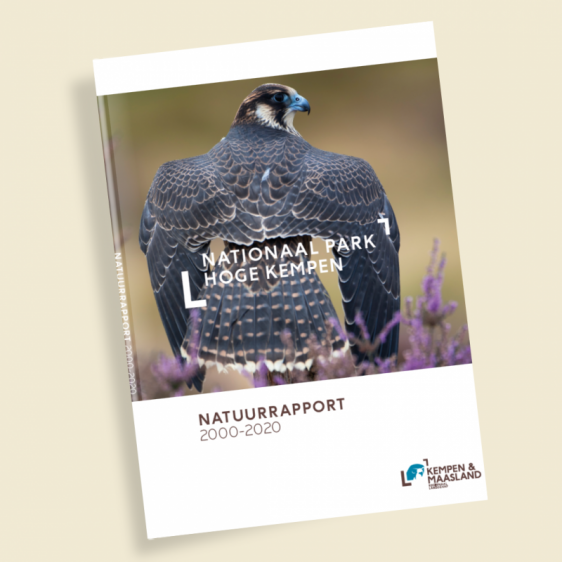
The more than 12,000-hectare National Park is a true hotspot of biodiversity. More than 9,000 species of plants and animals live in the Hoge Kempen. If we managed to find all the species that live there, we could add at least another 1,600 species, and the cape of 10,000 species would be greatly exceeded. To give you an idea: that is a quarter of the species richness in Flanders.
Here you walk through purple heather, golden dunes, endless forests and past magnificent fens. The terrils and shaft bucks characterize the horizon and betray the mining past of Belgian Limburg. The Hoge Kempen National Park consists of about 70% forest. One of the most popular landscapes for visitors is heathland, but only 10 percent of the National Park consists of wet and dry heathland.
Curious about more? You can buy the Nature Report 2000-2020 of the Hoge Kempen National Park (only in Dutch) through the webshop of Wandelen in Limburg or request your free digital version.
Some typical species of the Hoge Kempen National Park
